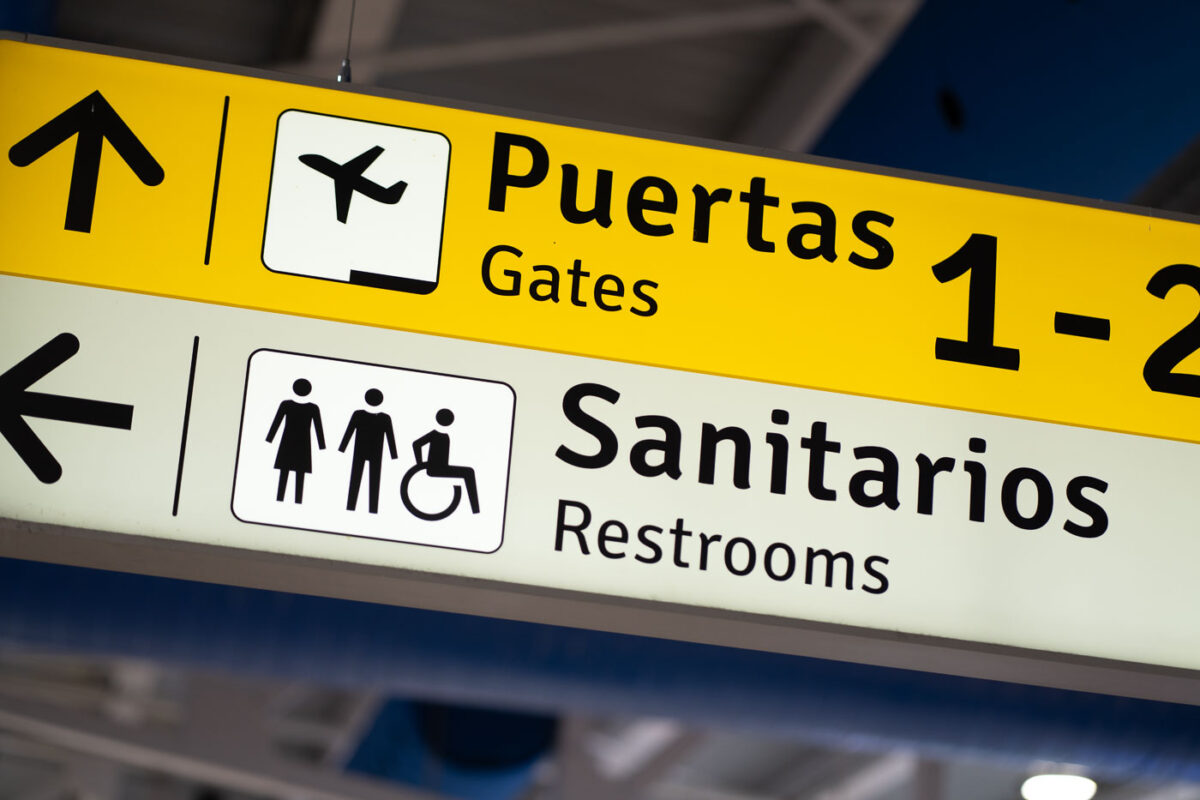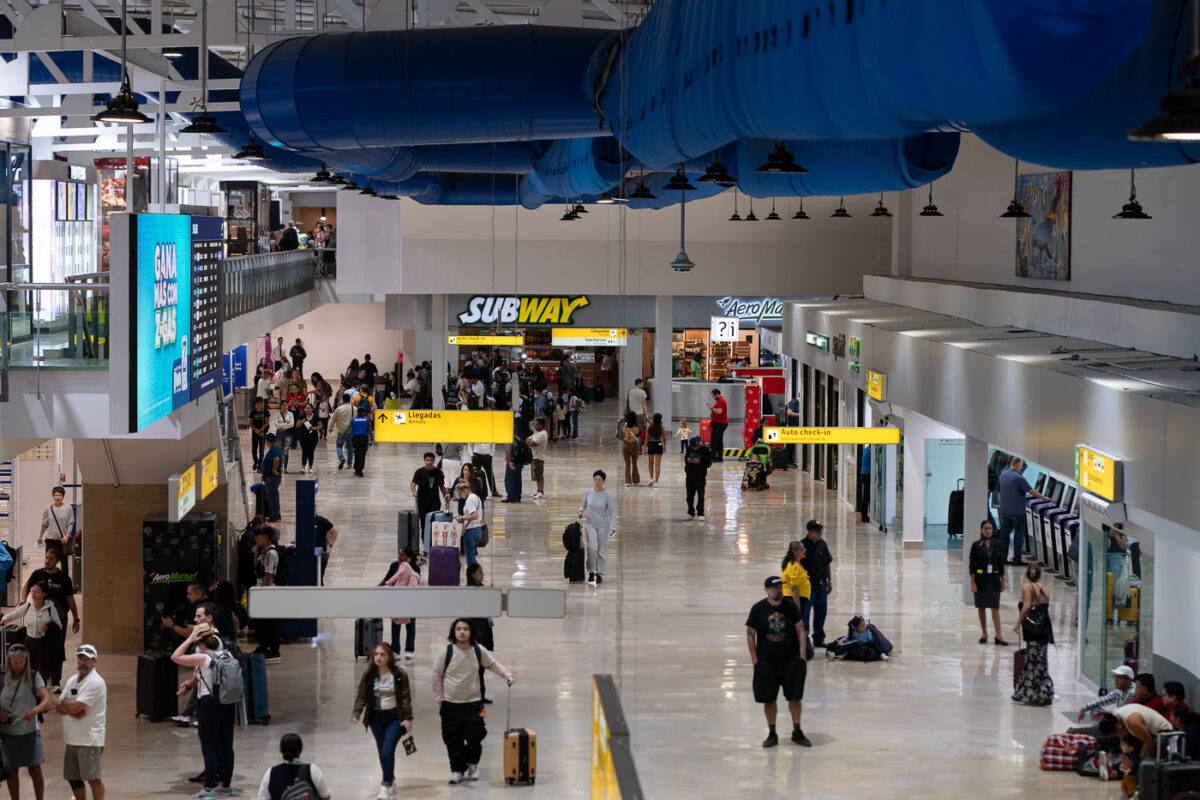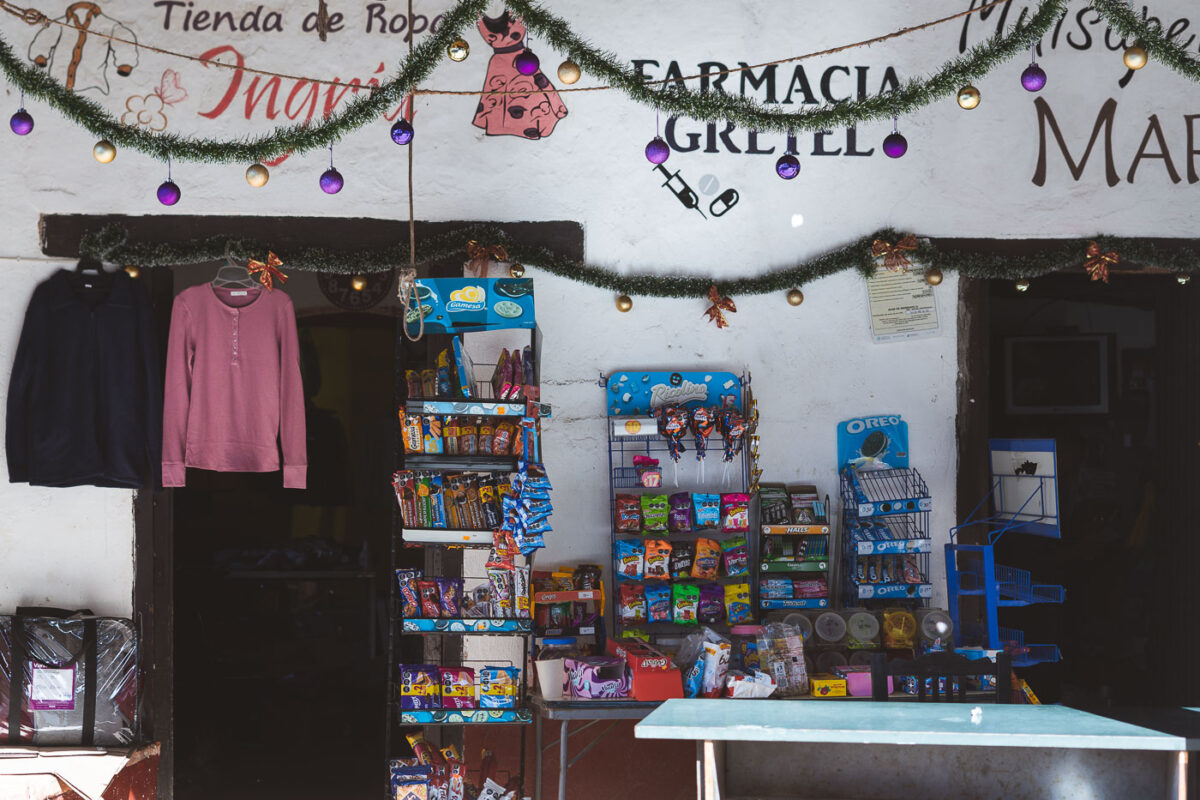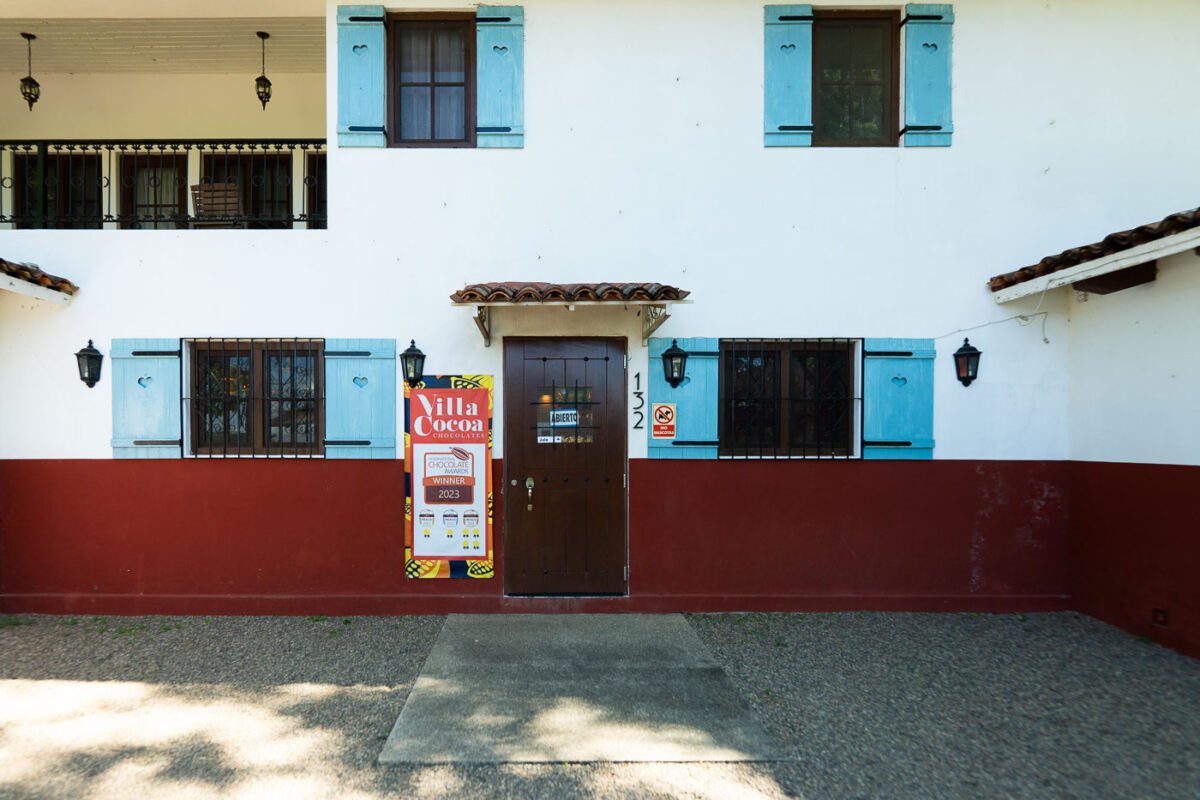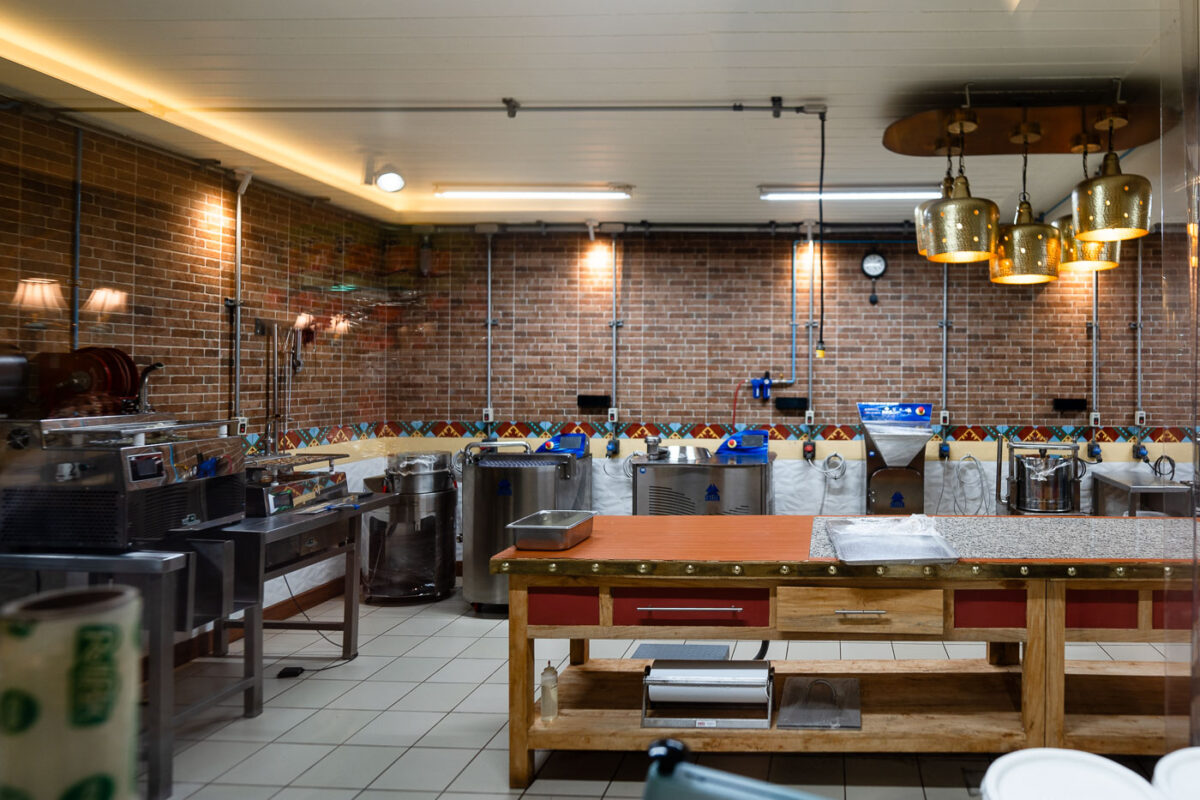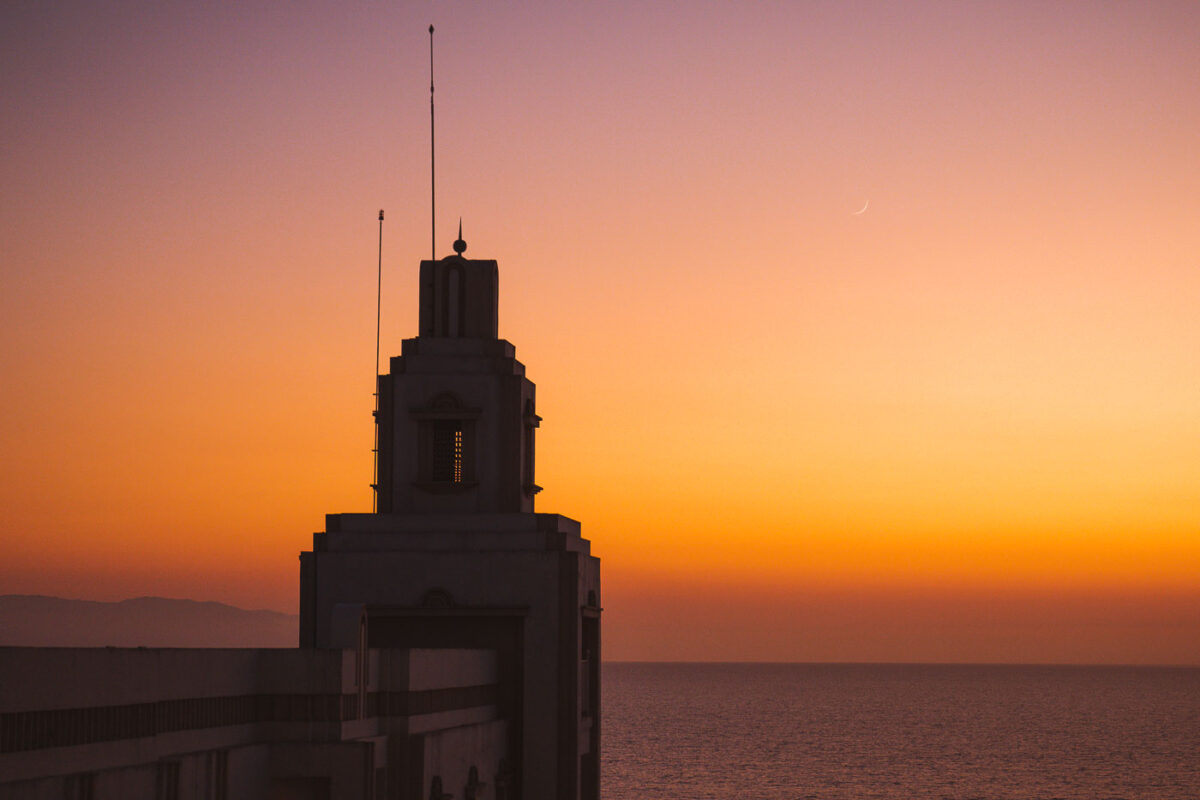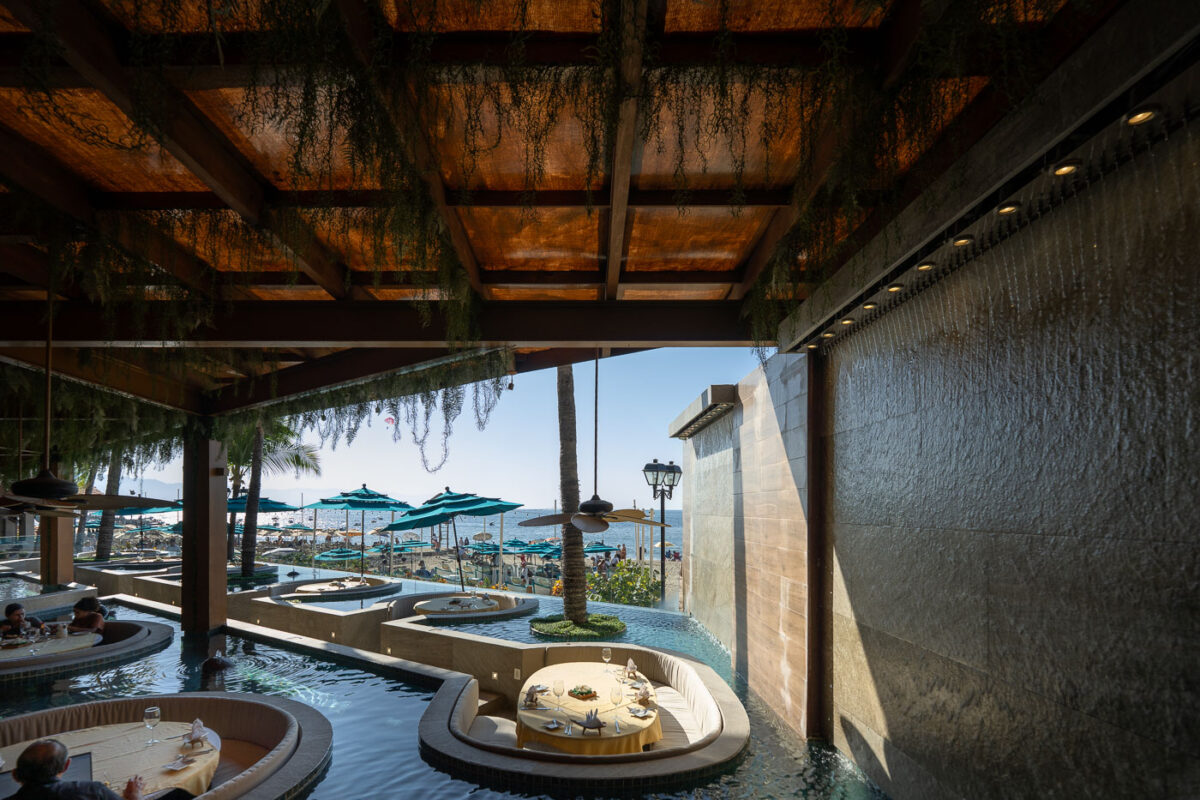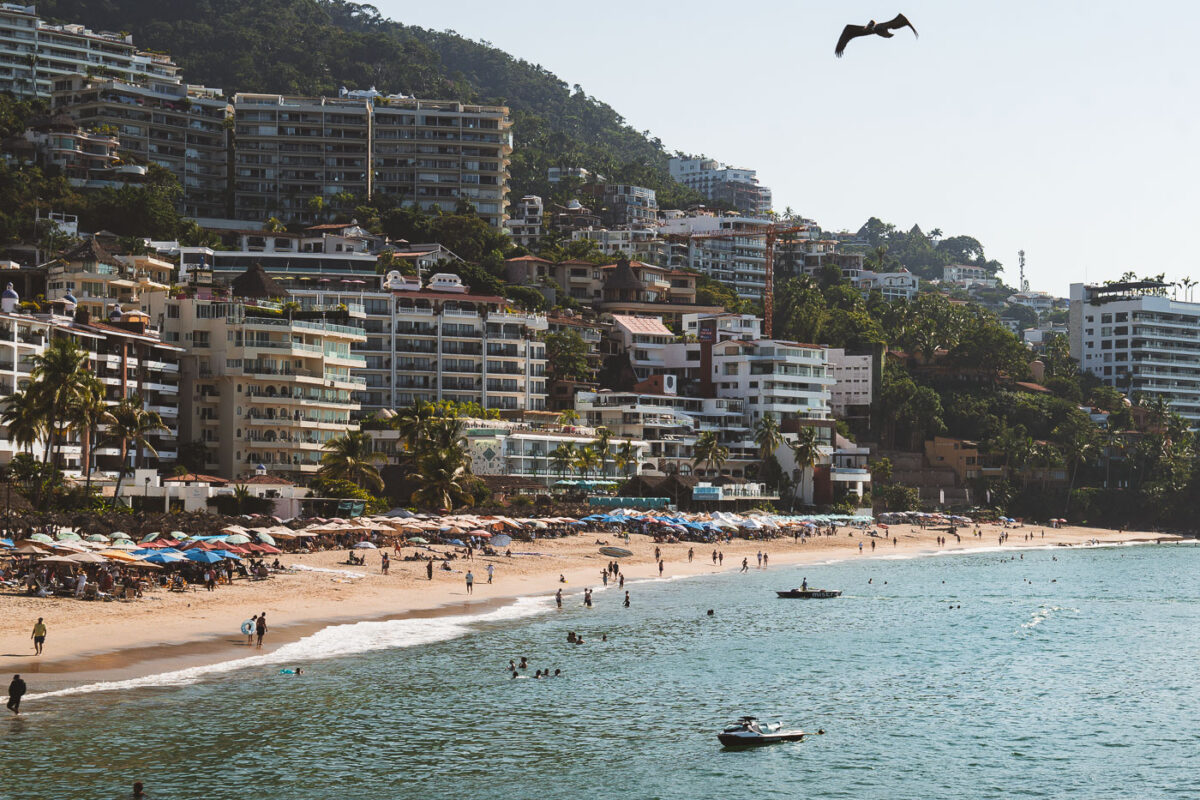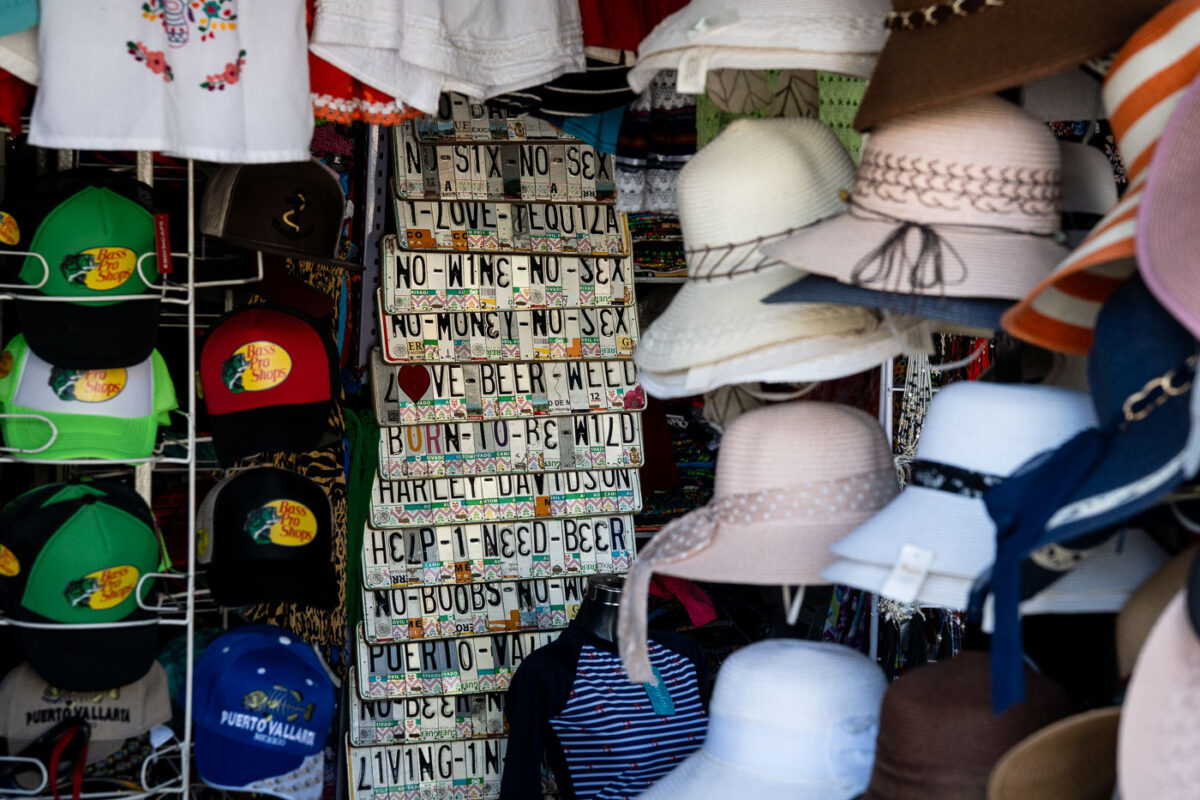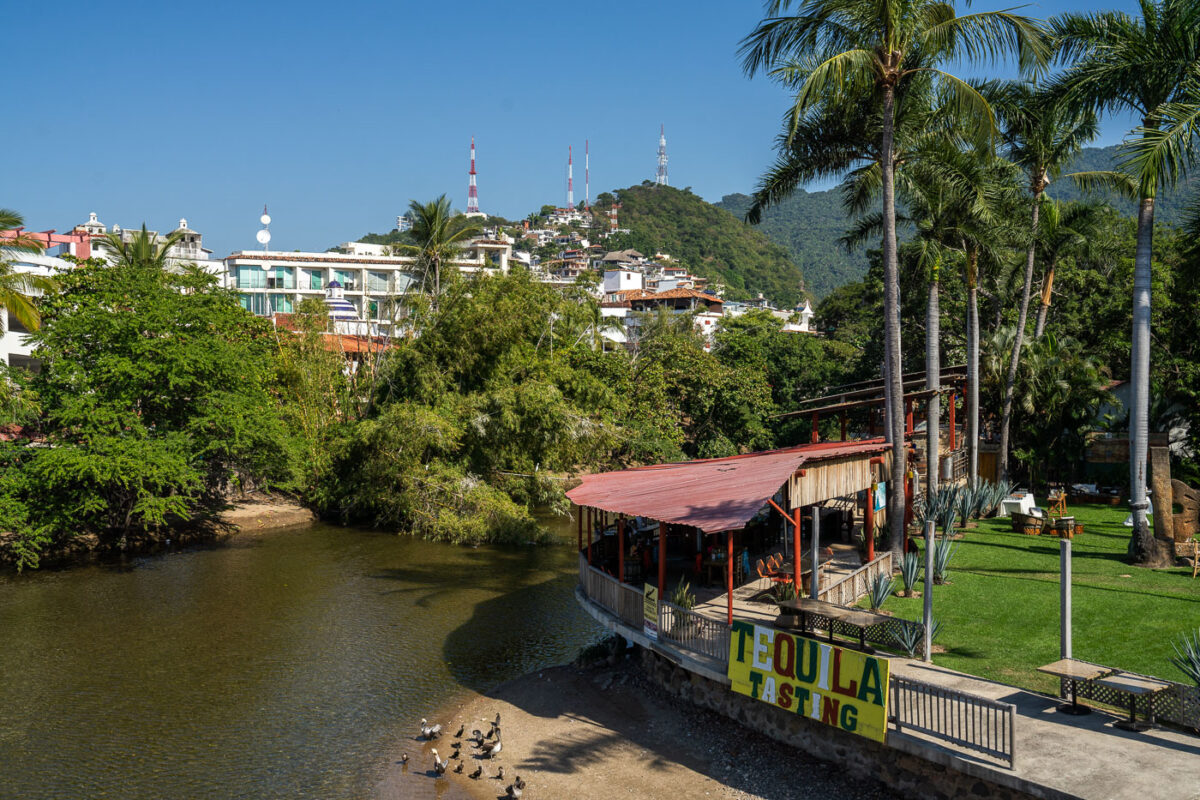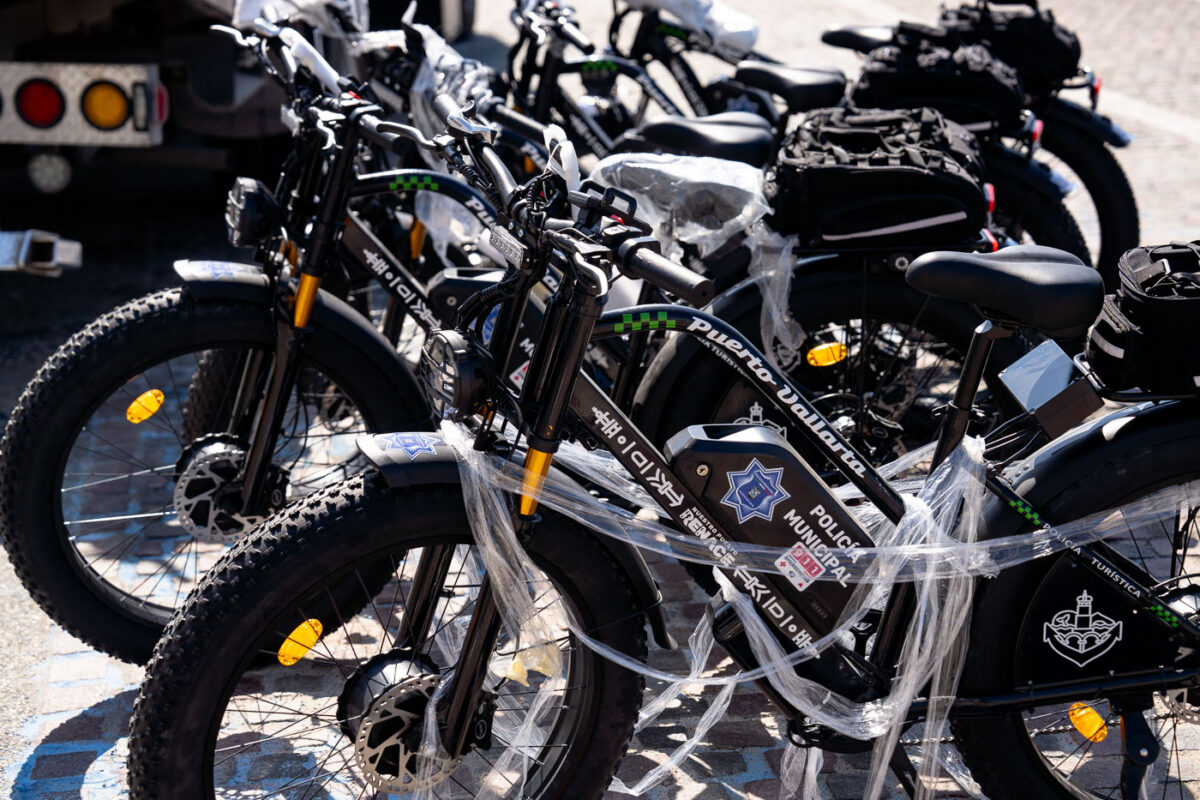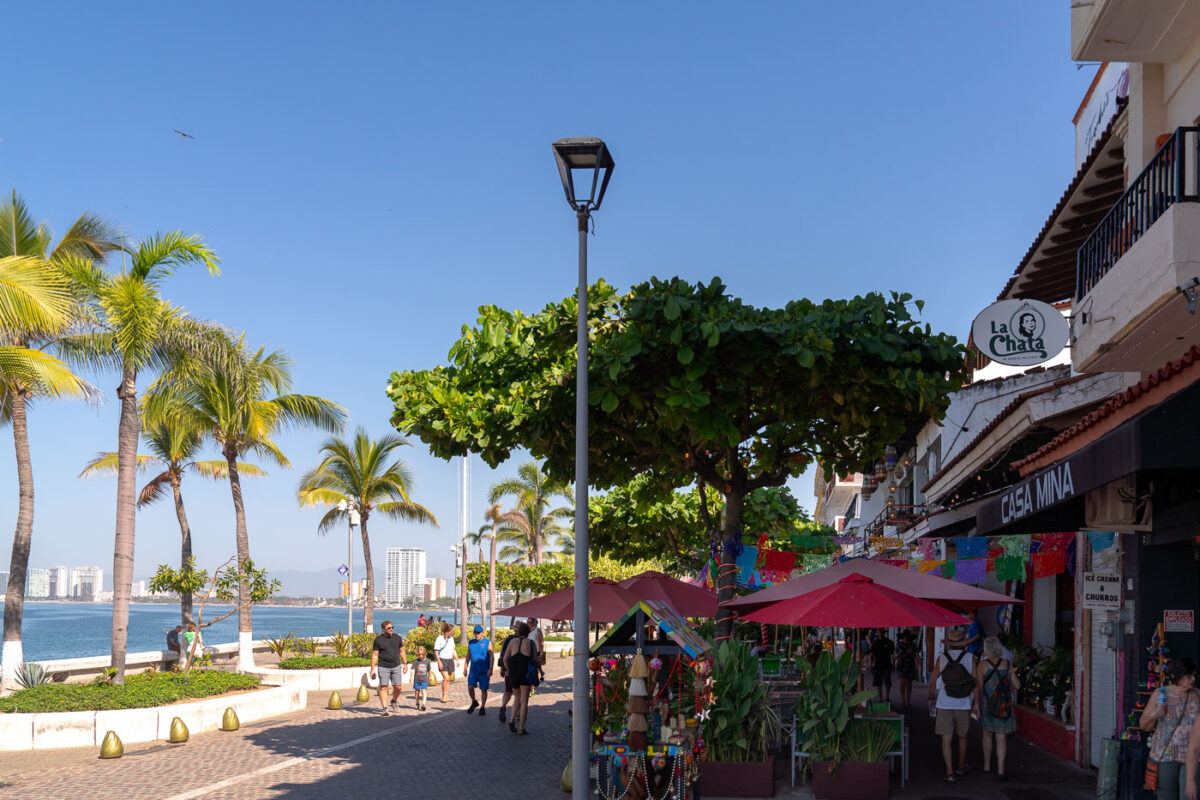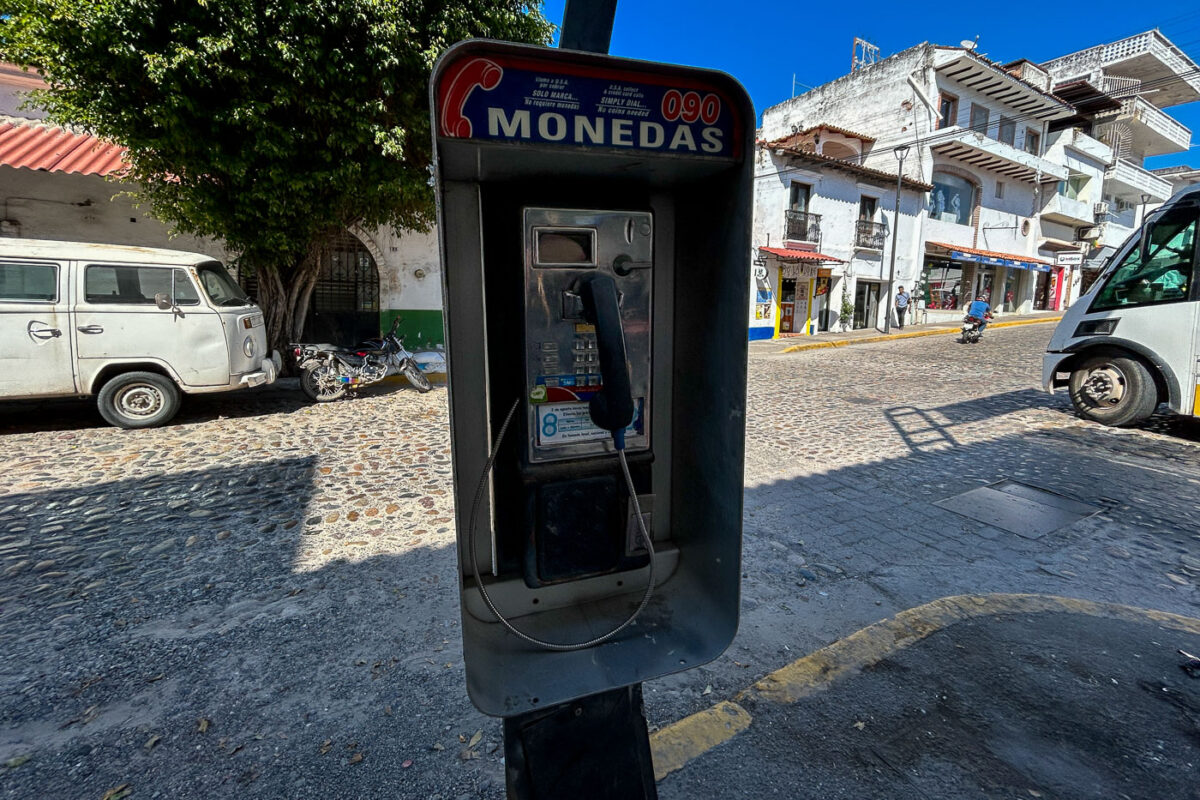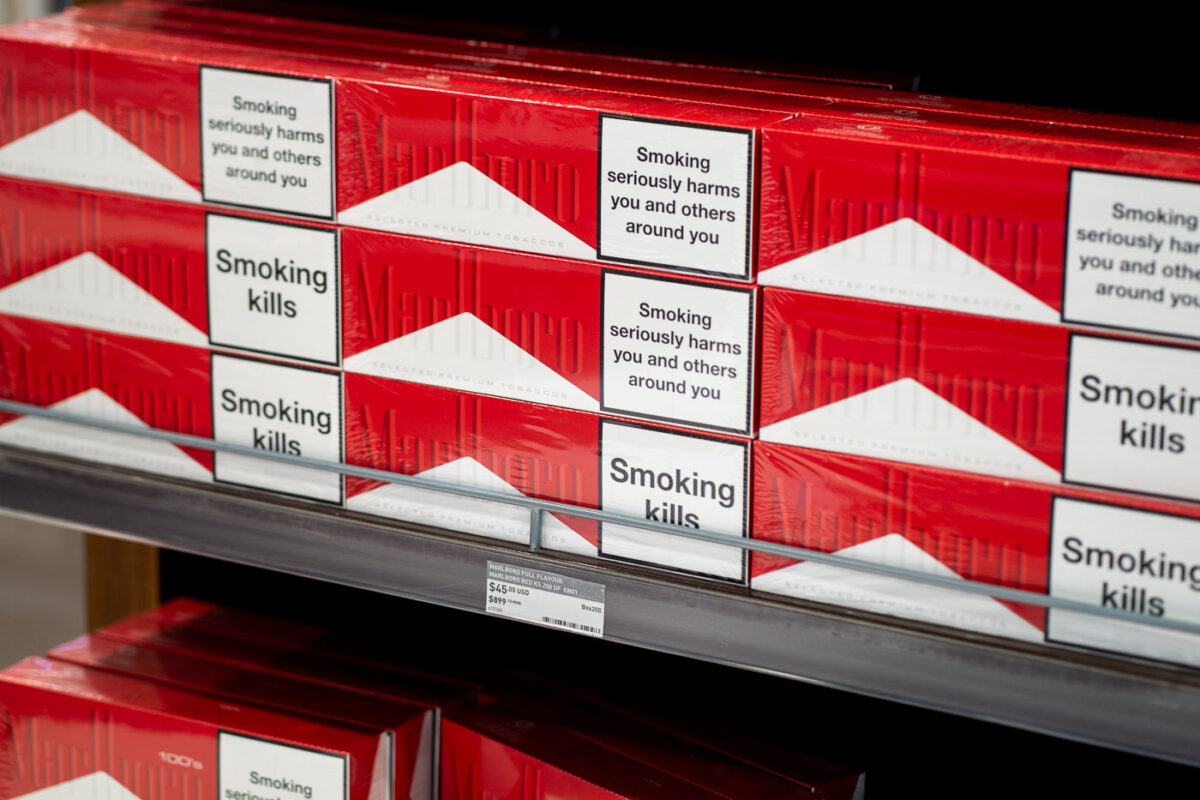
Duty-Free Display of Marlboro Cigarettes at Puerto Vallarta Air
Stacks of Marlboro cigarette cartons are arranged neatly in a duty-free shop at Puerto Vallarta International Airport. The bold red-and-white packaging contrasts sharply with the health warnings — “Smoking kills” and “Smoking seriously harms you and others around you.” The display, priced in both U.S. dollars and pesos, reflects international tobacco regulations that require prominent labeling even in airport retail environments catering to travelers.
